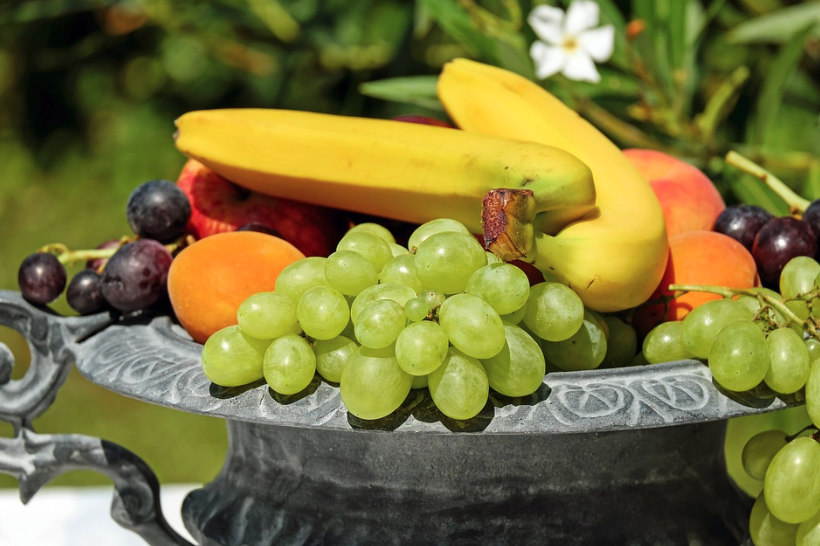A Guide to Buying Summer Produce

Even in the height of summer, the quality of fruits and vegetables can vary. To ensure you're choosing the freshest, ripest, and most flavorful options, consider buying locally-grown produce, sample before buying when possible, and engage all your senses while shopping.
Do you want to get your hands on the best summer produce in your area? Take notes of the following tips!
Give it a sniff. Fresh, ripe, and not overly chilled fruits and vegetables should smell exactly like what they are. Corn, tomatoes, pineapples, stone fruits, and berries are perfect for the smell test. If the fragrance is faint, the flavor might be as well.
Squeeze gently. When choosing sweet, juicy fruits like melons, pineapples, peaches, plums, and tomatoes, consider their weight and give them a gentle squeeze to check for ripeness. For melons, examine the area where they touched the ground – a lighter spot suggests less ripeness, while a very yellow spot may indicate the produce is over-ripe.
Look for fine fuzz. Cucumbers, zucchini, summer squash, peaches, and some beans and okra may have a faint fuzz when fresh. The absence of fuzz isn't necessarily a bad sign, but fine fuzz generally indicates freshness.
Check the cut and torn parts. The condition of the roots, stems, and any cut or torn parts of the produce can indicate its freshness. Fresh tears or cuts suggest the produce is fresher, while dry or discolored stems, along with yellow or brown leaf edges and withered or dull skins, often mean the produce is older.
Remember, you hold the power when shopping for produce. Sensible choices are important to ensure you get the best quality. By being mindful of your choices, you can enjoy better-tasting and more nutritious summer fruits and vegetables. You're in control of your shopping experience!